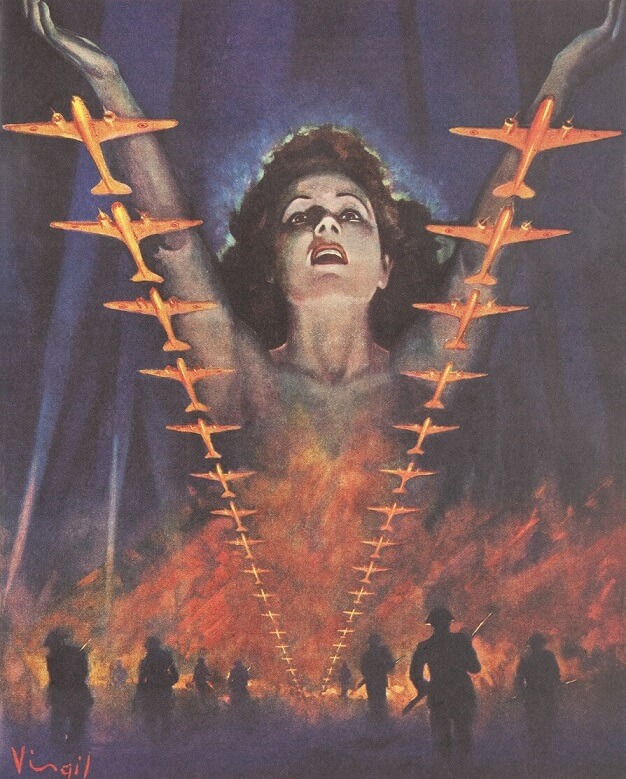This image is used throughout the exhibition. Image from The Australian Women’s Weekly, 13 September 1941.
Discover more about the image here.
On 3 September 1939 Australia joined Great Britain and other Allies in declaring war on Germany. For the second time within a generation, Australians were at war. Although barred from active service, women flocked to ‘do their bit’ in other ways. Doctors and nurses were needed in the services. Other women joined voluntary paramilitary groups or swelled the ranks of established charities like the Red Cross and the Australian Comforts Fund. The National Council of Women established a Women’s National Volunteer Register and most workplaces had their own Patriotic Funds, raising money for the war effort.
At first women’s work went on much as usual. But this changed overnight when Japan entered the war in December 1941, threatening Australia directly. Men fit to fight were conscripted into the services, leaving essential jobs unfilled. Women were called to bridge the gap. From 1942-45, thousands of women moved into jobs previously considered ‘men’s work’. From the fields to the factories, they produced the food, clothing, machinery and armaments required by a country at war. Even the forces relented, creating women’s auxiliary services within the army, navy and air force. Astonished commentators looked on in wonder.
When peace came and the men returned, most of these women lost their jobs. They were asked instead to move back into ‘women’s jobs’ at lower pay, or better still, to marry and raise a family in the suburbs. Many were happy to oblige, although others regretted the loss of opportunity. Life slowly returned to ‘normal’. But not quite. Wartime had proved women’s capabilities in many areas and by the late 1950s demands for a more equal workforce were growing.
Next page: Women in the Paid Workforce
Women Work for Victory in World War II was researched and curated by the Old Treasury Building. It was funded by the Victorian Government’s 75th Anniversary of the End of World War Two Grant Program.

